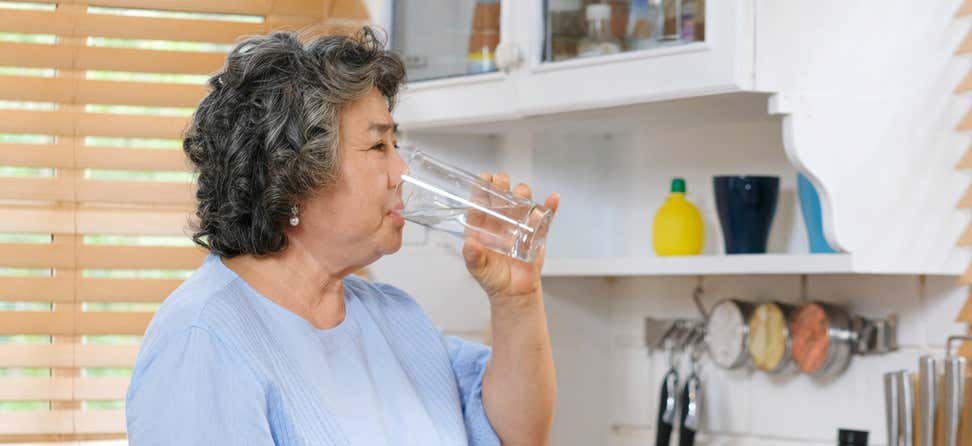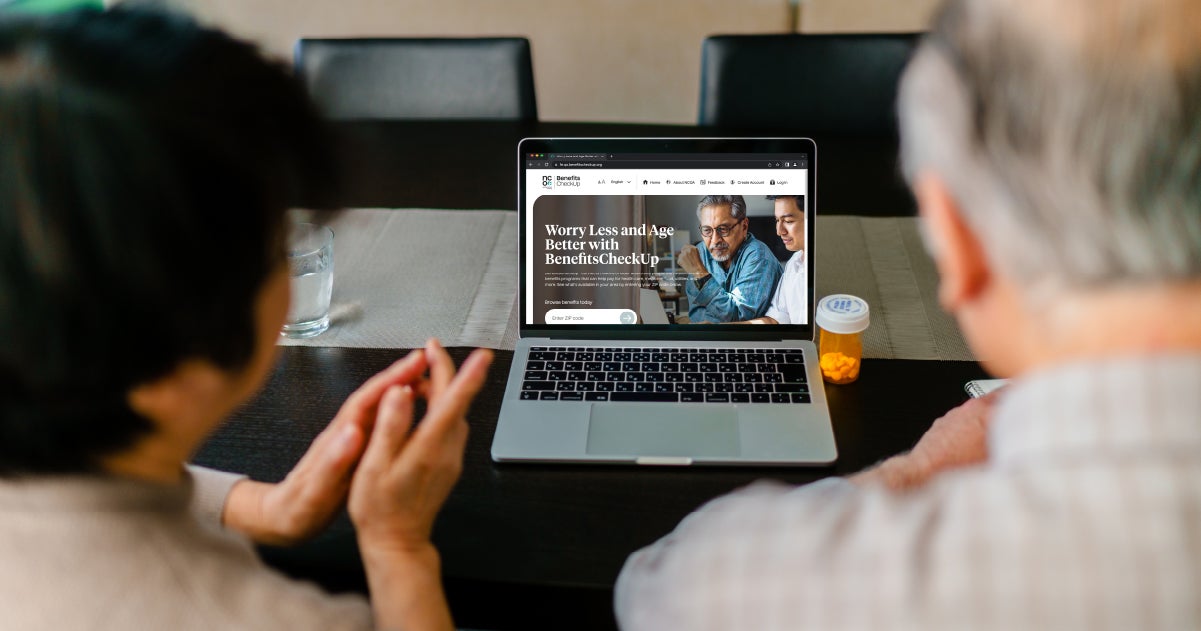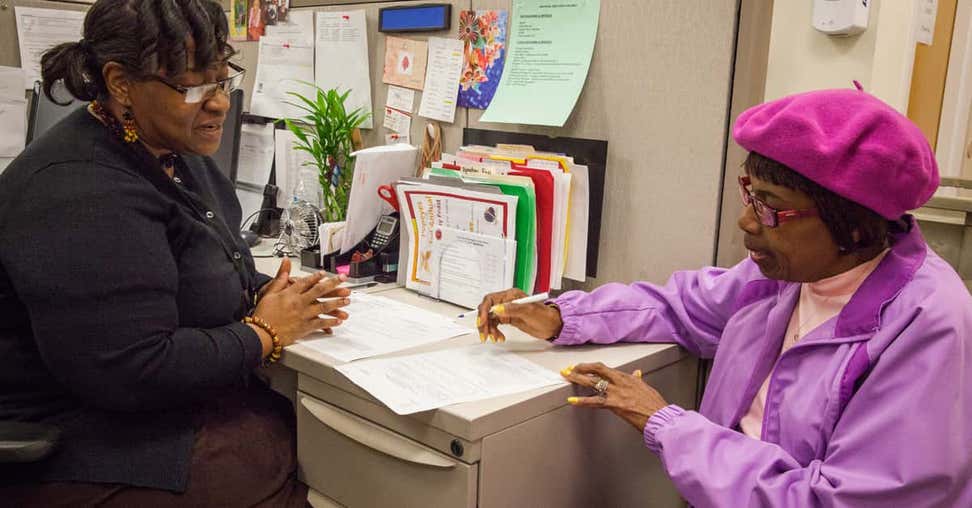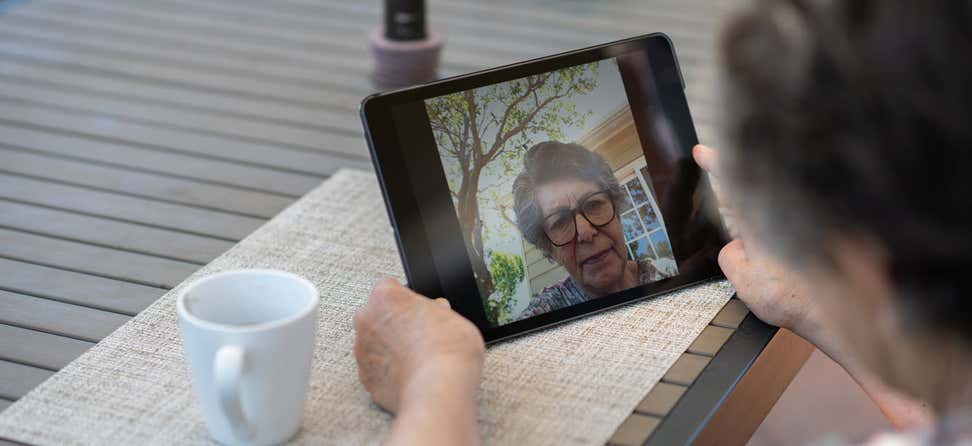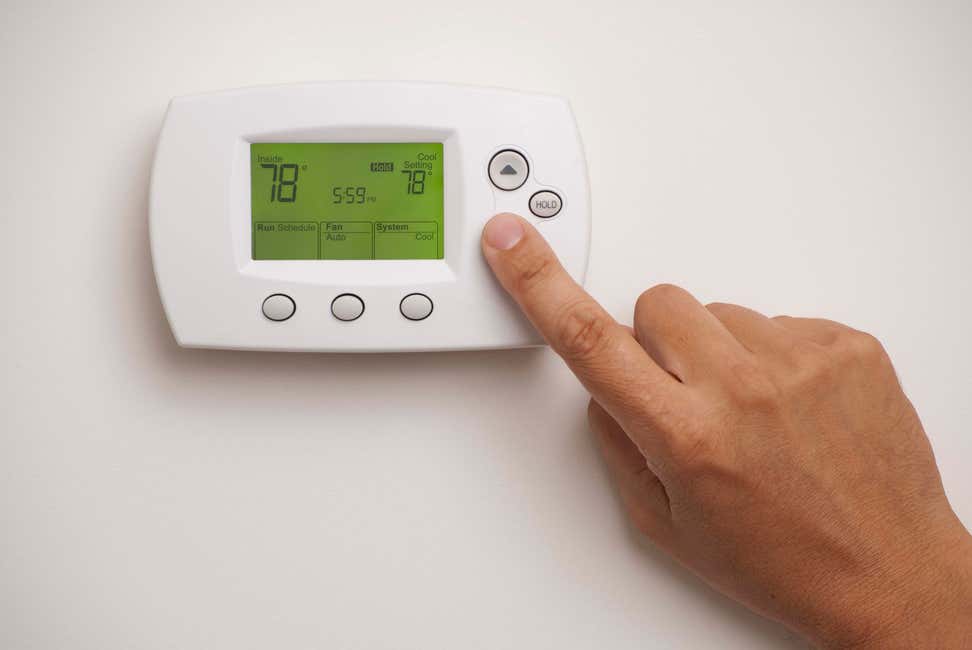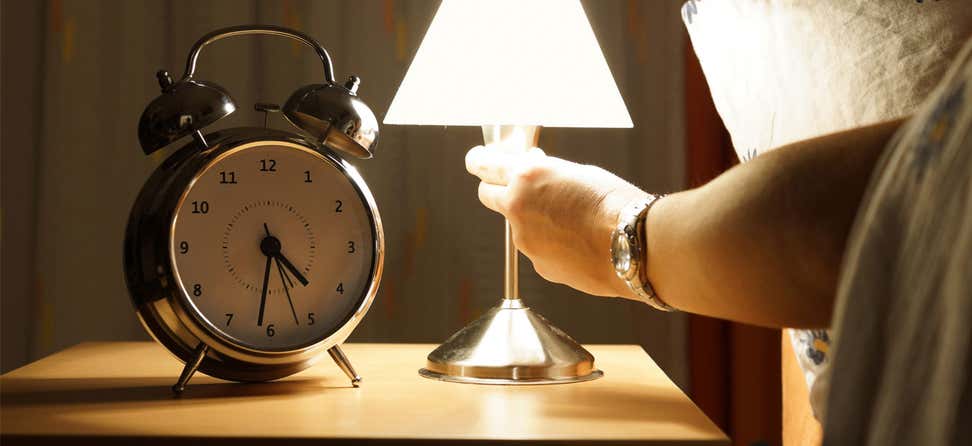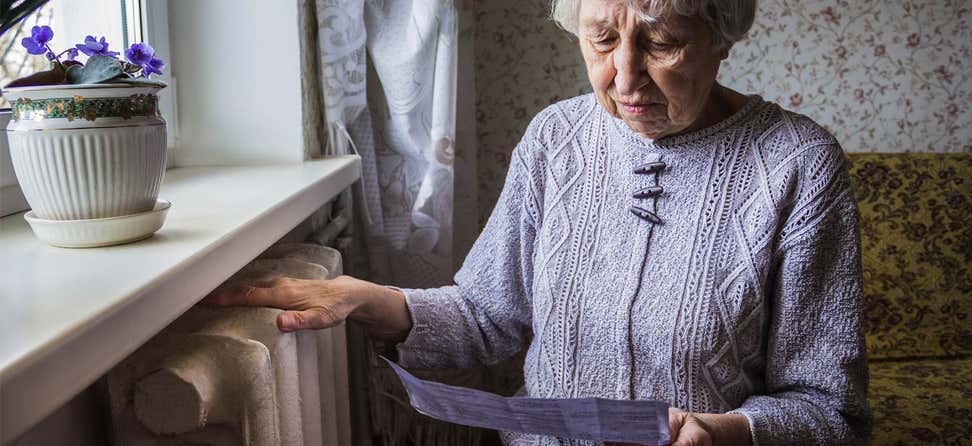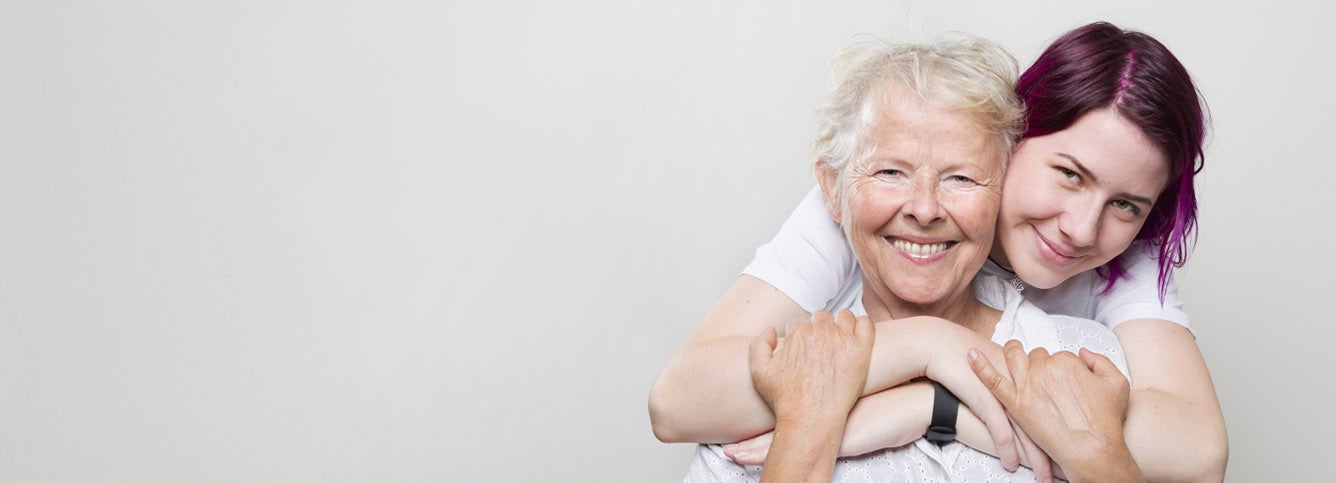Key Takeaways
A new water benefit, the Low-Income Household Water Assistance Program (LIHWAP), is coming in fall 2021 to help households with water and wastewater costs.
The household water benefit is a temporary program created by Congress as part of a COVID-19 pandemic support package to assist households with high water bills.
It is designed for households with the lowest incomes, and who pay a high proportion of income for drinking water or are facing water disconnection.
The COVID-19 pandemic created financial strain for millions of American families. In response, Congress created a new temporary benefit to help low-income households pay for their water and wastewater bills. Learn more about how this benefit is set to roll out.
What is the Low-Income Household Water Assistance Program (LIHWAP)?
The Low-Income Household Water Assistance Program was established in December 2020 under the Consolidated Appropriations Act of 2021. LIHWAP was created as part of an overall emergency effort to prevent, prepare for, and respond to the coronavirus, with the public health focus of ensuring that low-income households have access to safe and clean drinking water and wastewater services.
The American Rescue Plan Act of 2021 included additional emergency funding for LIHWAP, bringing the total program funding to $1.1 billion.
What agency administers the benefit?
The program is administered at the Federal level by the Administration for Children and Families (ACF) within the U.S. Department of Health and Human Services (HHS). Because ACF also oversees the Low-Income Home Energy Assistance Program (LIHEAP), the LIHWAP benefit application and eligibility process will be very similar to LIHEAP.
Who is eligible for LIHWAP?
LIHWAP is a benefit designed for households with the lowest incomes, and who pay a high proportion of household income for drinking water and wastewater services or are facing water disconnection.
State, Territory, and Tribal agencies that are administering the program may look at whether a household receives other benefits to determine eligibility for LIHWAP, including Supplemental Security Income (SSI), energy assistance, or Supplemental Nutrition Assistance Program (SNAP).
They may also use the same eligibility criteria as used for LIHEAP, including:
- Having a household income below 150% of the Federal Poverty Level ($19,320 for a single person in 2021; $26,130 for a couple) or 60% of the state’s median income
- Giving priority to households that include an older adult, a member with a disability, or young children (ages 5 and younger).
Note that any stimulus/economic impact payments your household may have received during the pandemic from the Internal Revenue Service (IRS) are not counted as income and do not affect LIHWAP eligibility.
What is the average benefit amount?
It is unclear what the average LIHWAP benefit amount will be. But like LIHEAP, the program is not designed to cover the full costs of water/wastewater services, but to act as a supplement to assist families with those costs.
Also similar to LIHEAP, households that receive LIHWAP will not get the benefit directly; rather, it will be paid to owners or operators of public water systems or treatment works to reduce arrearages (overdue payments) and water bills.
How can I apply for LIHWAP?
Applications for LIHWAP will be available through the same agencies that accept LIHEAP applications. In many communities, this is via the local Community Action Agency. It is expected that these agencies will start accepting applications in fall 2021.
To find out more, start with your state LIHEAP contact or Tribal contact if you are on Indian Tribal land. Calling your local 2-1-1 may also help you connect to your local energy and water assistance department.
How long does the benefit last?
LIHWAP is meant to be a temporary program in response to COVID-19. Therefore, the benefit will expire either by December 30, 2023 or whenever the funds run out, whichever comes first. That’s why it is a good idea to apply as soon as the applications are available in your state.


